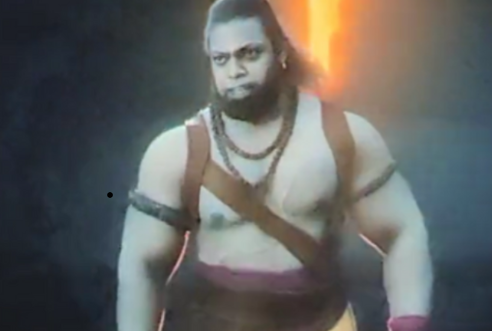The holy month of Shrawan or Savan (as per Vedic calendar), which is filled with the divine energy and bliss of Lord Shiva is about to end. Shiva also known as Shambu or Swayambhu, which means self sustained /created / or independent. As per Hindu mythology, it is believed that Lord Shiva emerged from a pillar of fire which has no source or fuel, hence Swayambhu (Swayam - self, bhu - source). Shambu has been a source of inspiration and worship for ages. But what is it that makes Shiva, Shambu, let's find out.

As per the Shiva Purana, once upon a time Lord Brahma and Lord Vishnu were having argument on being the Supreme lord of the universe. Lord Brahma cited being the creator of the universe which makes him superior to anyone else, while Lord Vishnu being the protector of the universe disagreed with Lord Brahma. Suddenly, an infinite pillar of fire emerged in front of them. In order to satisfy one's ego, both Lord Brahma and Lord Vishnu decided to compete. The person who will reach to the end of the fire pillar will be the supreme of all Gods is what they decided for.
Lord Vishnu transformed into a boar and started moving downwards, while Lord Brahma transformed into a swan and flew upwards. Eons passed and no one was able to find the end of the fire pillar. Finally, lord Vishnu decided to return to the center of the pillar i.e. origin point of their journey. While traversing to the top, Lord Brahma found a Ketaki flower which fell down from the top of the pillar by a gust of wind. Lord Brahma convinced the Ketaki flower to say as desired by him , when they meet lord Vishnu. After reaching the origin point, Ketaki flower said that Lord Brahma met him at the top of the fire pillar, which makes him win the competition.
Immediately, the fire pillar burst with anger and transformed into Lord Shiva. Lord Shiva called Ketaki flower a liar as Lord Brahma had never made it to the top of the fire pillar and denounced it from being used in any of the holy rituals. Lord Shiva cursed Lord Brahma by cutting his fifth head which spoke the lie and denounce him from being worshipped in any temples. From that day, lord Brahma has four heads and no temples.
This story leaves us with few important questions - who is supreme? what makes one supreme? is self awareness important or show off? and most importantly - what makes a person Swayambhu?
Being supreme be in the modern corporate world or in the Vedic times is never about being more powerful. But it is about knowing one's power and using it when required. The ladders of hierarchy do infuse us with power, but it is the use of the power that makes a person - a leader. Lord Shiva has always been the destroyer in the Hindu trinity. A person who can destroy anything is powerful, but destruction also is the first step of creation. It is a cycle. The above story is not about the destroyer or protector being more powerful. It is about knowing one's power and using it when required makes on Mahadev - the god of the Gods.
One can be as perfect as Lord Vishnu or as witty as Lord Brahma, but the one who knows his/her form (self aware) in any form/formless is what makes one Shambu. Bestselling author Tasha Eurich talks about self awareness in a HBR article - What Self Awareness Really Is in two dimensions i.e. internal and external. Internal self awareness is how we see ourselves, our own values, passion, feelings, thoughts while external is all how about how others view us. Though both are independent, but leaders be it Lord Shiva in the above story or our modern era leaders i.e. Ratan Tata, M.S Dhoni, Narendra Modi and many more are good at one thing i.e. balancing both internal and external self awareness and being Shambhu.
References -





